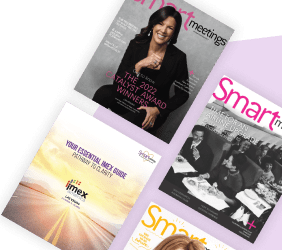Today’s worker population has evolved into a complex mix of old school values, time-honored rules, new cultural touchstones, digital habits and varied viewpoints that challenge traditional work habits and workspaces. It’s important to not lump everyone into a specific generational silo. Just as with previous generations, today’s workforce is made up of people with different work methods, perspectives and habits, and employers should resist making stereotypical assumptions about individual employees based solely on their age.
To effectively manage employees of different generations, it’s helpful to note what stage of life they are in. A baby boomer with grown children has different needs and motivations than a Gen Y team member with three young children or a Gen Z worker who is single and has an active social life. Talking to an individual about what’s important to them and where they’re coming from will help you figure out their motivations and what they need to reach their goals.
In the workplace, employees of all ages should be encouraged to become more aware of the attitudes and preferences of different generations. Understanding what drives each generation can be a smart step toward professional peace, productivity and success.
More: Appeal to Generational Mindsets to Sell More Tickets
The overall lesson to learn is individuals from different generations think differently and make alternative choices from other generations because what they value is not the same. Leaders and supervisors need to pay attention to what is important to all employees, based on their life situation, not strictly based on their age, and the factors that motivate them to become fully engaged in their work.
Though it seems counter-intuitive, earning more money (by itself) is not always the prime motivator for most employees. Recognition, respect, a collaborative work environment and opportunity for advancement usually score higher as motivators.
Read more about generational issues in Michael J. Lyons’ story, “The Joys of Generational Differences: Tips for Making Them an Asset in the Workplace,” in the August issue of Smart Meetings.




